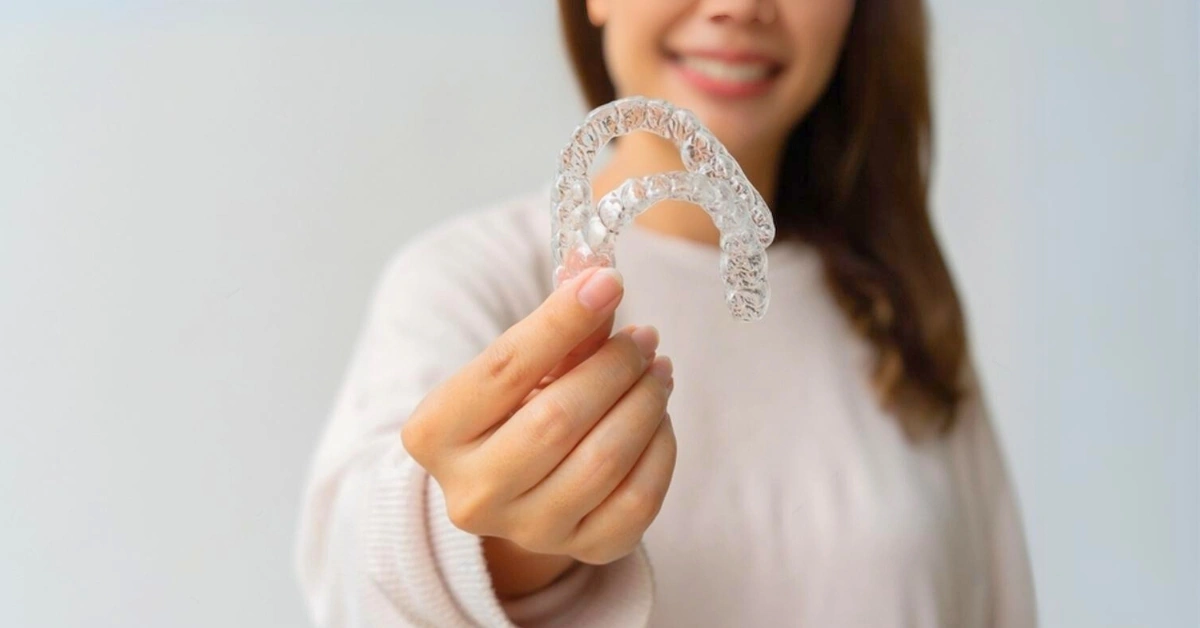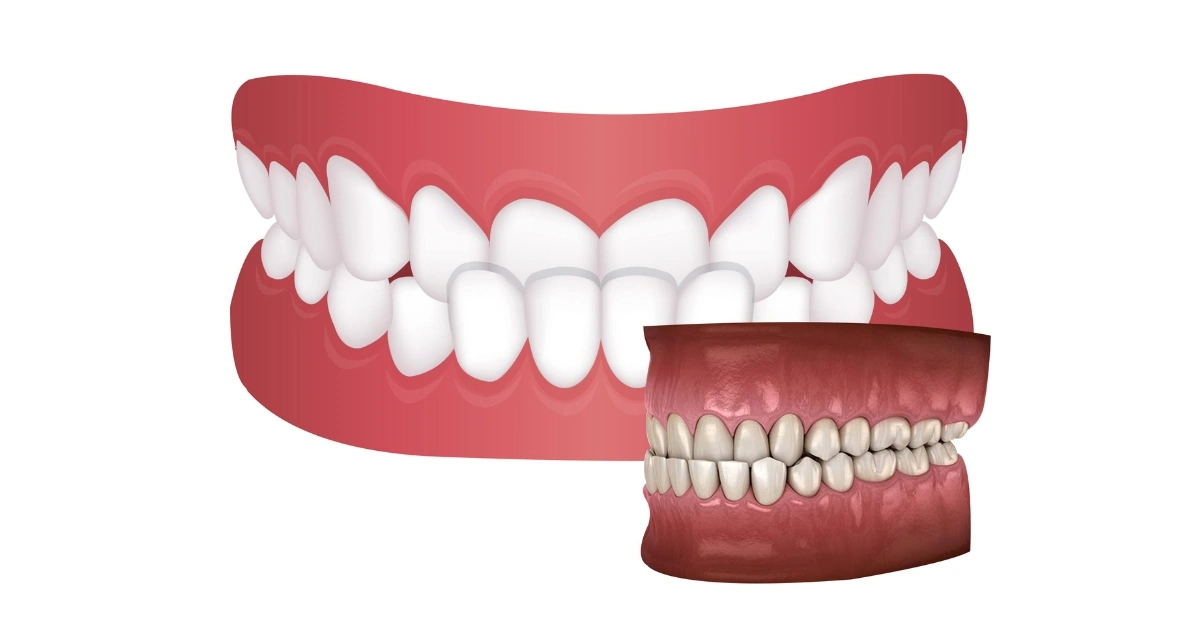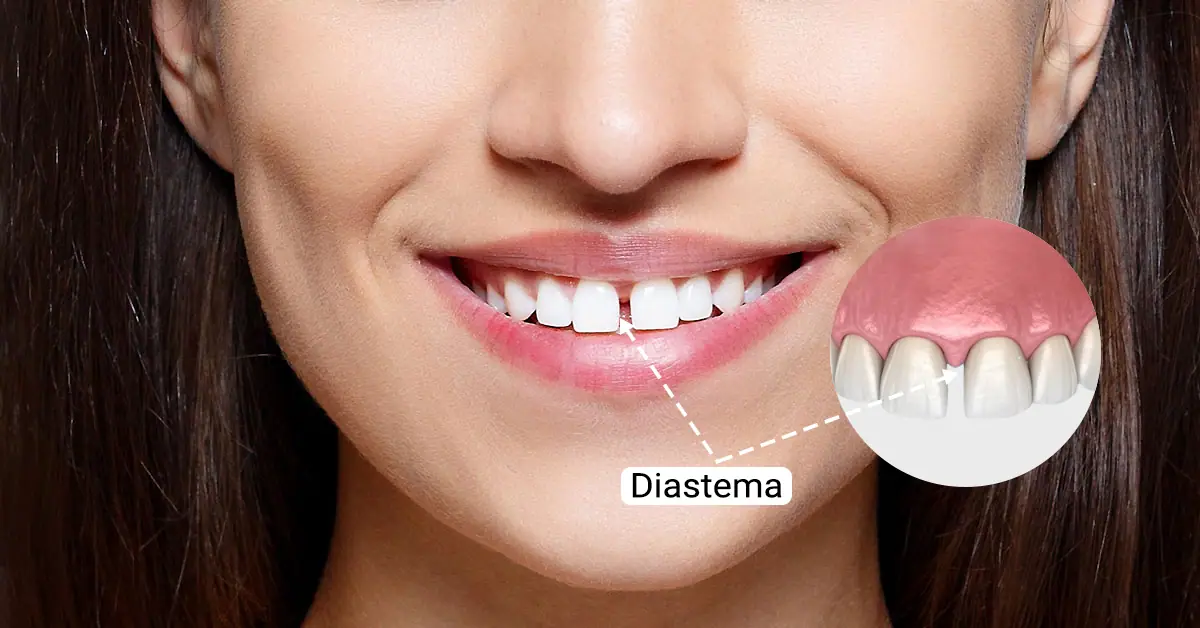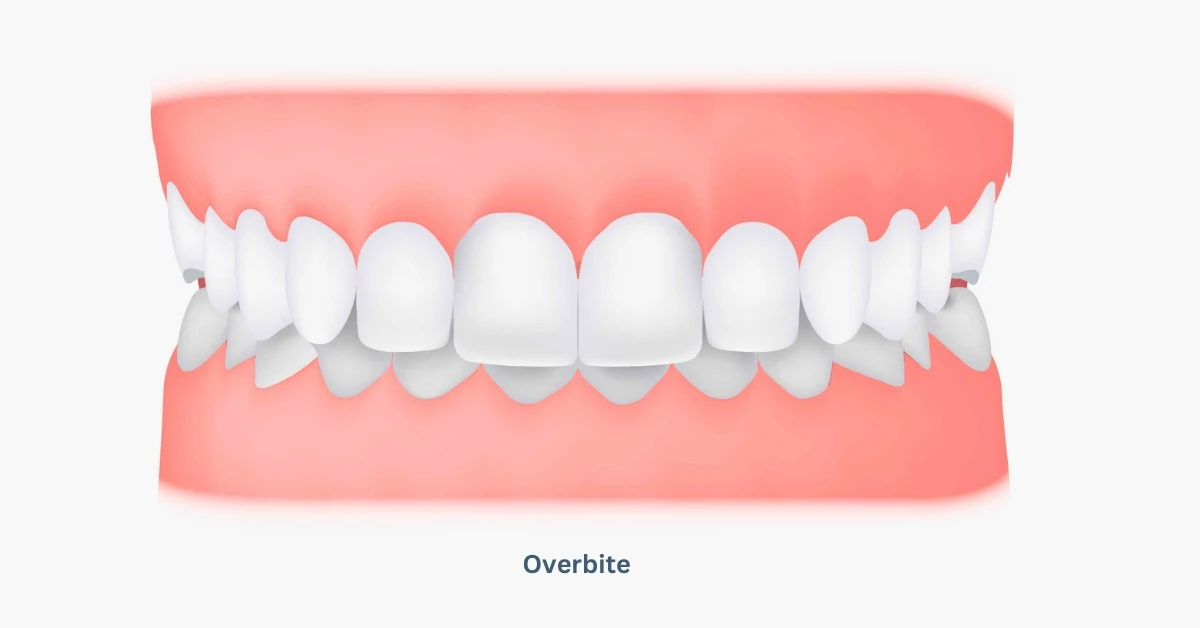Answering the perfect age for getting clear aligners topic properly is a bit tricky. There is no exact age for teeth straightening described anywhere. The treatment can be initiated as soon as you notice any dental abnormalities or bad habits that may lead to future misalignments.
Going through a clear aligner treatment means wearing the aligners for 20 to 22 hours each day. This will happen for two weeks before a new set of aligners comes in. Removing the aligners only occurs during eating and dental care. This type of treatment needs discipline and responsibility. That is why there is an ideal age for it.
Here, we will discuss the Invisible aligner age or orthodontic treatment age as a whole, covering all potential factors together.
Clear Aligners for Kids
There is always the question of being able to follow instructions at a young age. Parents cannot always keep an eye on their children. Teaching the children how long to wear the aligners is crucial to the treatment. The child should keep the aligners on for about 22 hours, which is practically not easy for them or the parents to maintain.
The dentist may recommend orthodontic treatment for children aged 6-10. The children with this treatment should always be under supervision.
The Phase 1 treatment is to develop the dental arches and jaws in young children. This is important in making room for the incoming adult teeth.
Phase 1 can put a stop to worsening bite problems. It also helps straighten teeth, shorten orthodontic treatments, and discourage thumb-sucking.
Clear Aligners for Teenagers
Teens should have most of their adult teeth before getting clear aligners. The most important factor for a dentist to consider teens for clear aligners is discipline and dedication towards the treatment. Wearing clear aligners for at least 22 hours a day is crucial. A lack of discipline will not result in a successful teeth alignment treatment.
Clear Aligners for Adults
This alignment treatment is most effective in adult patients. Patients between the ages of 18 and 80 can be termed the ‘best age for aligners’ as they have more chances of successful outcomes. The results are often life-changing in adults, making this one of the most successful orthodontic treatments. The dentist will look at the adult patient’s bone density, which is the key to the patient’s qualification for clear aligners.
Adult patients are the ideal candidates for this teeth-straightening treatment as they have the discipline and commitment to the treatment. They know what to do with the clear aligners and how long to wear them. These patients also understand how to keep the aligners clean.
Key Factors to Consider for Clear Aligner Treatment
The first step in determining if clear aligners are right for you is to undergo a thorough orthodontic evaluation by a qualified and clear aligner-licensed orthodontist. During this evaluation, your orthodontist will assess your dental alignment, bite, and overall oral health to determine if clear aligners are a suitable treatment option for your specific needs. They may also take dental impressions, photographs, and X-rays to create a personalized treatment plan.
Treatment goals
Consider your treatment goals and expectations when deciding if clear aligners are the right choice for you. Clear aligners effectively treat mild to moderate orthodontic issues, such as crooked teeth, overcrowding, gaps between teeth, and bite alignment issues.
However, traditional braces or other orthodontic appliances may be more appropriate if you have severe orthodontic problems or require complex tooth movements.
Commitment to compliance
Clear aligner treatment requires a significant commitment to compliance to achieve successful outcomes. Unlike traditional braces, which are fixed in place, clear aligners are removable, allowing you to take them out for eating, drinking, and oral hygiene.
However, clear aligners should be worn for at least 20-22 hours daily, including overnight, for optimal results. Consider your ability to adhere to this strict wear schedule before starting clear aligner treatment.
Lifestyle considerations
Clear aligners offer flexibility and convenience for individuals with active lifestyles or professional duties. They are virtually invisible when worn, allowing you to maintain a natural appearance throughout treatment. Additionally, clear aligners can be removed for special occasions or activities, such as weddings, job interviews, or sports events.
Consider how clear aligners fit into your lifestyle and whether their removable nature aligns with your needs and preferences.
Dietary restrictions
Unlike traditional braces, which come with dietary restrictions to avoid damaging the brackets and wires, clear aligners allow you to continue enjoying your favorite foods throughout treatment.
Since clear aligners are removable, you can eat and drink comfortably without worrying about food getting stuck or causing damage. However, removing your aligners before eating or drinking anything other than water is essential to prevent staining or twisting of the clear braces.
Price factor
The Cost is another important factor to consider when deciding if clear aligners are right for you. While clear aligners may be more expensive upfront than traditional braces, they offer advantages such as convenience, comfort, and aesthetics that may justify the investment for some individuals.
Additionally, inquire about insurance coverage for clear aligner treatment, as some dental insurance plans may cover a portion of the cost, making treatment more affordable.
Treatment duration
The duration of clear aligner treatment varies depending on individual factors, such as the complexity of your orthodontic issues and your compliance with wearing the aligners as directed.
In general, clear aligner treatment may take several months to a few years to achieve the desired results. Discuss your treatment timeline with your orthodontist to understand what to expect and ensure that clear aligners align with your timeline and goals.
Follow-Up care
After completing clear aligner treatment, you will need to wear retainers to maintain your newly aligned smile. Retainers help prevent your teeth from shifting back to their original positions and ensure long-term stability and alignment.
Follow your orthodontist’s recommendations for retainer wear and schedule regular follow-up appointments to monitor your progress and address any concerns that may arise.
Advantages of Clear Aligners at Different Ages
- Aesthetic Appearance: The transparent aligners are nearly invisible, so people may not even notice you’re undergoing treatment. This allows confident smiling without self-consciousness.
- Removability: Aligners can be temporarily removed for eating, brushing, and special occasions, offering more freedom and flexibility than wired braces.
- Comfort & Convenience: Thin, smooth plastic edges cause no irritation or injuries to the intraoral soft tissues. With no brackets or wires, clear aligners offer superior comfort.
- Easy Cleaning: Daily cleaning by brushing or rinsing is simpler than avoiding stuck food with braces. Your oral hygiene routine stays relatively similar.
- Shorter Treatment Times: Minor alignment issues now require just 4 – 9 months compared to years with conventional orthodontics. Results are seen sooner.
- Easy Oral Care: Brushing and flossing normally reduces bacterial buildup and bad breath commonly associated with braces.
- Post-Treatment Retention: Receiving a custom clear retainer that matches perfectly after aligners helps sustain your straight smile for the long term.
With appeal for teens and adults, clear dental aligner treatment boosts confidence during treatment. Patients happily show off their improving smile without unattractive wires and brackets as alignment progresses.
Risks at Different Ages
Potential risks and disadvantages of the clear aligner treatment concerning any age group.
- Aligners adhere to the tooth surface via tooth-colored attachments placed on the surface of the teeth. The biggest drawback is that the aligners are susceptible to discoloration once they come in contact with liquids.
- Flavored water, energy drinks, fruit juices, drinks containing soda and caffeine, and highly sugary or acidic drinks should be completely avoided. These liquids can easily penetrate through aligners and stay on their surface for a longer period, which can lead to discoloration of aligners and even teeth.
- Similarly crunchy and hard food, sticky or chewy food are also a no-no as they can leave their residue easily on the tooth surface or the aligner’s body. Also such food can cause harm to the clear aligners as well.
- As these are removable dental devices, patients , especially teenagers often remove aligners, leading to inefficient and late results.
- Aligners can easily become a source of various infections if they are left in unhygienic conditions after removal. They should be completely avoided on dirty places like unclean surfaces, napkins, or pockets.
How to Choose the Best Clear Aligner
Know your dental problem. Different clear aligners work best for different problems. Some are good for smaller gaps, others for bigger issues like overcrowding or congestion. Understand whether your problem is minor or complex, as this will help in choosing the right aligners.
Do your research, read reviews online, talk to people who have had aligner treatment. Don’t just go by the ads. Learn about different brands, doctors and clinics in your area.
Check the Cost The cost of aligners varies depending on the brand, your dental problem, your age, and location. Ask about the full cost, including products, treatment fees, and any extras, so you know the total amount.
Understand the treatment plan, your orthodontist will explain the details – number of aligners needed, timeline, etc. Listen carefully to all their advice for a smooth experience.
Verify Credentials Finally, make sure the brand and provider are trustworthy. Check if the aligner brand is approved by the FDA. See that your orthodontist is appropriately qualified and licensed. Use reviews but also check official testimonials.
Final Verdict
As per the topic concerns, there is no perfect age for clear aligners. Whether you’re thirteen or thirty, or even a senior citizen, you can improve your smile and dental health with aligners. The treatment may take longer in full-grown adults than in children or teens, but it can correct serious dental issues at any age. However, adult clear aligner patients are generally more motivated than younger patients to see results.
Misaligned teeth impact your quality of life—they can cause pain and difficulty chewing or speaking, and could even impact your mental health. So the best age to get a clear aligner treatment is any age you want to fix your smile!
FAQs
There is no official minimum age for orthodontic treatment. As soon as you see any dental abnormalities of your kid you should consult an orthodontist. For clear aligners, the earliest is twelve years or so when the milk teeth are shed and permanent teeth start growing.
Yes, clear aligners are effective for any age group with dental implants. During your primary consultation, you should brief about your implants or dentures.
At the time of your primary dental consultation, several assessment tests will be performed to check your dental condition. After this primary assessment your doctor will let you know whether you are an eligible candidate for clear aligners or not.
To achieve the best result at the prescribed time, aligners should be worn 20 to 22 hours a day and removed only when eating meals and taking dental care.
Yes, you may get one, but it can be highly risky and involve potential risks of tooth decay, damage and gum infection. Wearing aligners is always advised only after consulting a licensed professional.







